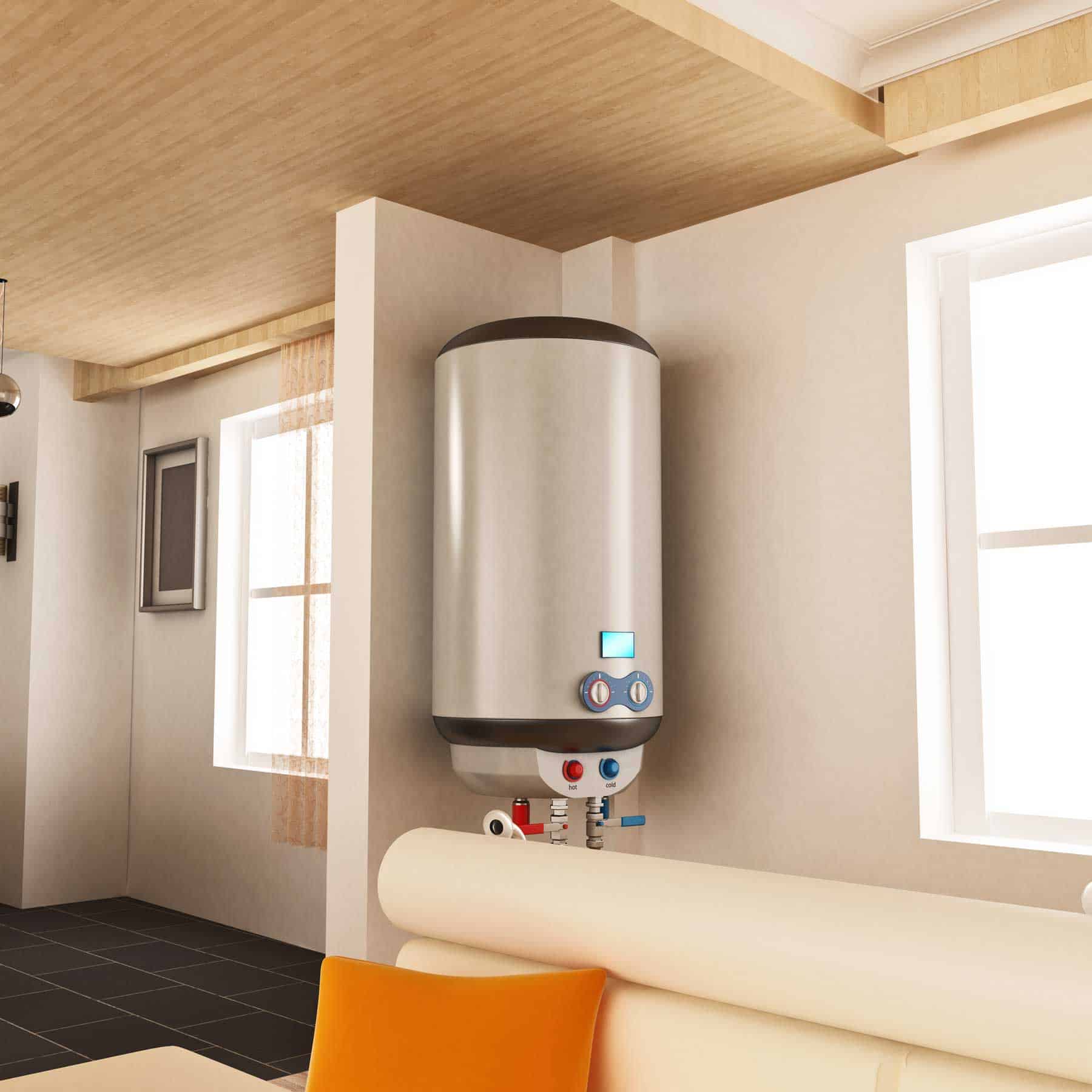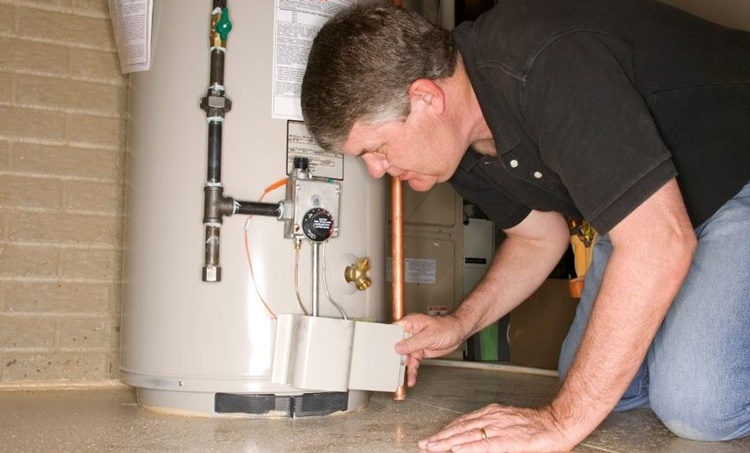What are your thoughts on Water Heater Maintenance Tips You Can't Afford to Forget?

Warm water is crucial for daily convenience, whether it's for a revitalizing shower or cleaning meals. To guarantee your warm water system runs efficiently and lasts longer, routine upkeep is vital. This article offers functional tips and insights on how to maintain your home's hot water system to avoid interruptions and costly repair work.
Introduction
Maintaining your home's hot water system may appear challenging, however with a couple of simple steps, you can ensure it operates smoothly for years to come. This guide covers everything from understanding your hot water system to DIY upkeep tips and knowing when to hire specialist help.
Importance of Maintaining Your Warm Water System
Normal upkeep not just expands the life-span of your warm water system yet additionally guarantees it runs effectively. Ignoring upkeep can result in reduced performance, higher energy bills, and even early failing of the system.
Indications Your Hot Water System Needs Maintenance
Knowing when your hot water system requires focus can protect against significant concerns. Watch out for signs such as inconsistent water temperature level, unusual noises from the heater, or rustic water.
Recognizing Your Warm Water System
Before diving into upkeep jobs, it's valuable to understand the basic parts of your warm water system. Generally, this includes the hot water heater itself, pipelines, anode rods, and temperature controls.
Month-to-month Upkeep Tasks
Routine monthly checks can aid catch small problems before they intensify.
Flushing the Water Heater
Purging your water heater gets rid of sediment build-up, enhancing efficiency and extending its life.
Checking and Replacing Anode Rods
Anode poles stop rust inside the tank. Evaluating and replacing them when worn out is critical.
Inspecting and Readjusting Temperature Setups
Changing the temperature level setups guarantees ideal performance and safety and security.
DIY Tips for Upkeep
You can do numerous maintenance jobs yourself to maintain your warm water system in leading condition.
Looking for Leakages
Frequently inspect pipes and connections for leaks, as these can cause water damages and greater bills.
Testing Stress Relief Valves
Examining the pressure relief valve guarantees it functions properly and protects against too much pressure build-up.
Protecting Pipelines
Insulating hot water pipes reduces heat loss and can save energy.
When to Call a Specialist
While DIY maintenance is beneficial, some problems need specialist knowledge.
Complicated Concerns Requiring Professional Help
Examples include significant leakages, electrical troubles, or if your water heater is consistently underperforming.
Regular Professional Upkeep Conveniences
Professional upkeep can include detailed examinations, tune-ups, and making sure conformity with safety and security standards.
Final thought
Routine maintenance of your home's hot water system is vital for performance, long life, and cost savings. By complying with these ideas and understanding when to seek specialist assistance, you can guarantee a reputable supply of warm water without unanticipated interruptions.
How to Maintain an Instant Hot Water Heater
Before tinkering with your hot water heater, make sure that it’s not powered on. You also have to turn off the main circuit breaker and shut off the main gas line to prevent accidents. Also turn off the water valves connected to your unit to prevent water from flowing into and out of the appliance. 2. When you’re done, you have to detach the purge valves’ caps. These look like the letter “T†and are situated on either side of the water valves. Doing so will release any pressure that has accumulated inside the valves while at the same time avoid hot water from shooting out and burning your skin. 3. When the purge valves’ caps are removed, you have to connect your hosing lines to the valves. Your unit should have come with three hoses but if it didn’t, you can purchase these things from any hardware or home repair shops. You can also get them from retail stores that sell water heating systems. Read the user’s manual and follow it to complete this task properly. When the hosing lines are connected, open the purge port’s valves. 4. You should never use harsh chemical cleaners or solutions when cleaning your unit. Make use of white vinegar instead. It should be undiluted and you’ll probably use about 2 gallons. 5. Now flush your water heater. This task should probably take about 40 minutes. We can’t give you specific directions for this because the procedure is carried out depending on the type, model and brand of your heater. With that being said, refer to the user’s manual. 6. When you’re done draining the unit, you have to turn off the purge port valves again. Remove the hosing lines that you earlier installed on each of the water valves. Put the valve caps (purge port) back in their respective places and be very careful so as not to damage the rubber discs that are found inside these caps. 7. Now that everything’s back in place, check your user’s manual again to find out how to reactivate your water heating system. 8. Once it is working, turn one of your hot water faucets on just to let air pass through the heater’s water supply pipes. Leave the tap on until water flows smoothly out of it. https://www.orrplumbing.com/blog/2014/september/how-to-maintain-an-instant-hot-water-heater/

As a serious reader about What Kind of Maintenance Do Water Heaters Need?, I think sharing that segment was a great idea. Sharing is good. You just don't know, you may very well be helping someone out. Bless you for your time. Please come visit our blog back soon.
Book Services